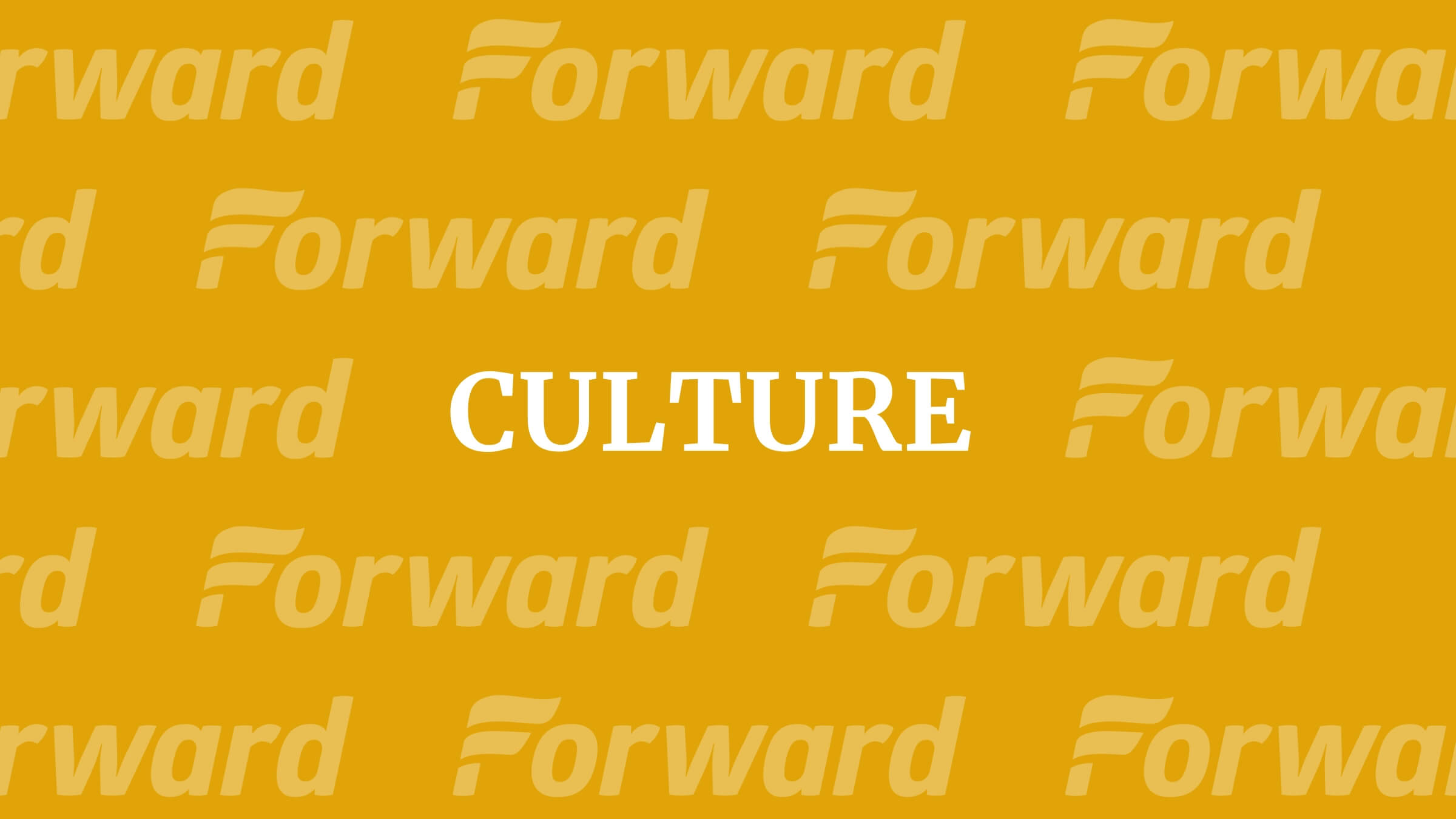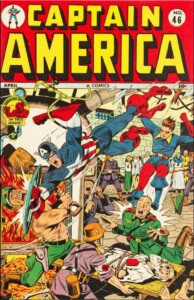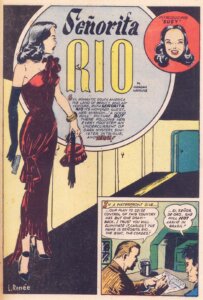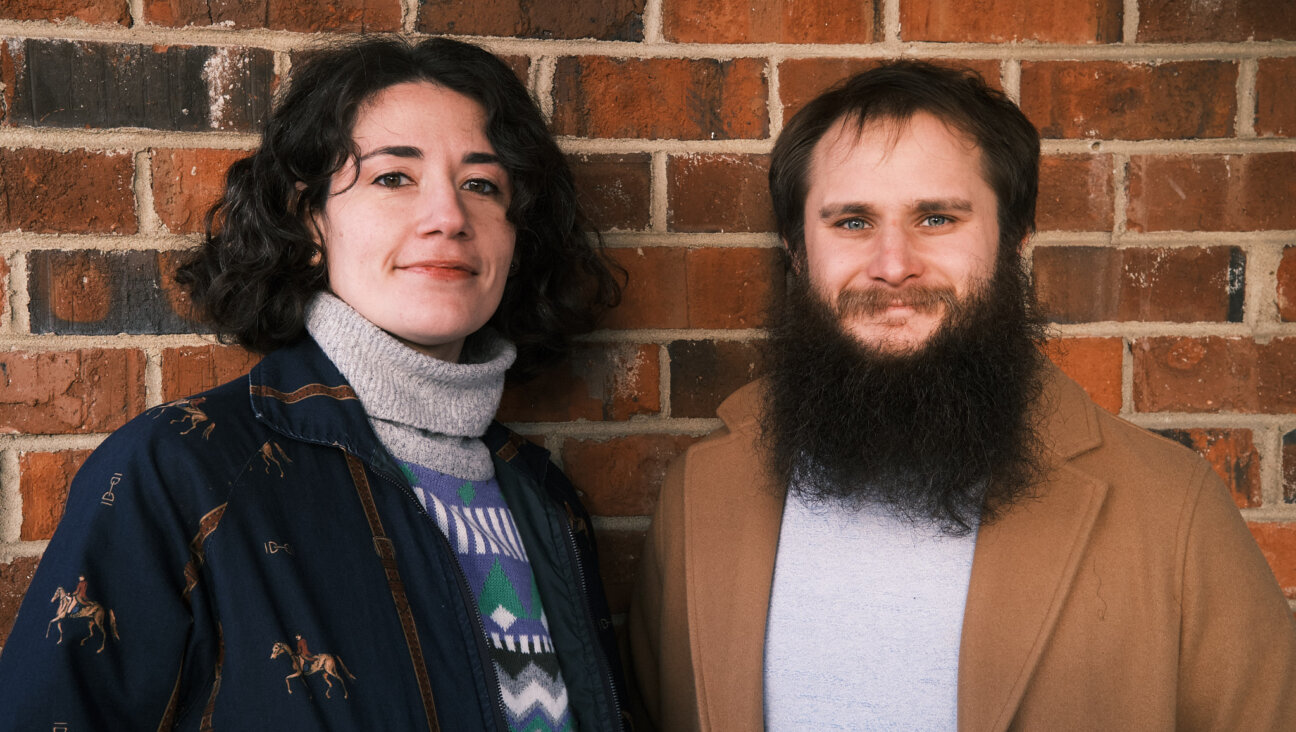How Superman, Captain America and a little-known Hollywood star fought the Nazis
Jewce at the Center for Jewish History explores Jewish origins and themes in the comic book industry

Graphic by Angelie Zaslavsky
Inside the pages of an April 1945 edition of Fight Comics, Señorita Rio stands with her back against a wall in a narrow hallway, pistol in one gloved hand, crimson satin purse in the other. She’s poised to step inside a door, which has been left ajar. In the next panel, set inside a “waterfront dive,” two men discuss eliminating their problem: Señorita Rio.
Illustrated by Lily Renée, a Holocaust survivor and one of the earliest women to work in the comics industry, the comic about a Hollywood actress turned U.S. government spy, captures the way comics have been used to fight oppression since Superman flew into the public consciousness in 1938.
Renée’s work is on view as part of “JewCE: The Museum and Laboratory of the Jewish Comics Experience,” a new exhibit at the Center for Jewish History. Delving into the Jewish origins of the comic book industry, the show also explores the evolution of Jewish themes in comics, as well as the Jewish response to fascism and intolerance, according to Dr. Miriam Eve Mora, Co-Curator of the exhibit.
The exhibit features an impressive collection of original artworks and historical artifacts including Joe Simon’s original drawings of Captain America and the “holy grail of comics,” a 1933 “Reign of the Superman” story by Jerry Siegel and Joe Shuster, which features the very first mention of Superman.
Divided into five micro-exhibits, the show also has several interactive installations, including one where visitors can don any number of neon wigs, grab a shield, shofar, or, a twinkling staff, or tie on a cape and pose in front of a greenscreen to make their own comic book covers.
Stan Lee, once mused that his comics could offset the real-world injustices facing Jewish people and other minorities.

In “Fighting Fascism,” visitors learn how superheroes like Superman rose from humble beginnings, much like their creators and illustrators. They will also learn how the creators incorporated signs and symbols of Judaism in their creations.
“Superman was born as Kal-El on Krypton, which might as well have been the old world or a shtetl,” pop culture historian Roy Schwartz, who co-curated the exhibit, told me. “He comes here, anglicizes his name like so many who came through Ellis Island, and then assimilates. Clark Kent is his disguise, but he keeps his ethnic garb under his clothes, like a tallit.”
Schwartz, who learned English from comic books while growing up in Israel, explained how many of these early superheroes were also semi-autobiographical avatars for their creators.
Take Jack Kirby’s Captain America.
New York-born Jacob Kirtzberg chose the pen name Jack Kirby when he went to work for Timely Comics, the pre-cursor to Marvel Comics. Kirby served in the U.S. Army, earned a Bronze star, and helped liberate concentration camps.
The cover of Captain America issue 46, illustrated by Alex Schomburg who attacked Nazis and raised awareness about the Holocaust through his art before moving onto robots and spaceships, shows numerous detainees watching an older man getting shoved toward an oven; meanwhile Captain America punches several Nazis.
Señorita Rio, according to Schwartz, has a slightly different backstory. First appearing in June 1942, Rio was a Latina Hollywood starlet who, as revenge for her fiancé’s death in Pearl Harbor, faked her own suicide to become a U.S. spy against the Axis, fighting in Latin America. The heroine served as a revenge fantasy for Renée whose entire extended family, except her parents, perished during the Holocaust.

Comics were not only used to express outrage against Nazis, they were also part of a post-World War II movement to teach, as seen in “Mickey Mouse and Ashmedai: Hebrew Children’s Publications at a Momentous Time, 1945-48.”
“These comics took the storytelling devices and bold colors from classic American comics and used to teach children to speak and read Hebrew,” Gabriel Goldstein, interim director and chief curator at the Yeshiva University Museum, said.
The 1947 issue 2 of “Miki Maoz,” or Mighty Mickey, hangs in one corner of the show. On it, grinning children are carrying torches to light the menorah, some carry signs that say “A great miracle will happen there.”
“It’s a special Hanukkah edition and is a little poignant because it was done after the UN resolution for Israel, but before Israel officially became a state,” Goldstein said.
Just as mainstream comic book characters pushed back against intolerance, Yiddish cartoons stood against negative visual portrayals of Jews in both European and American press.
Readers of the Warheit would be familiar with Gimpl Beynish der Shadkhn, Samuel Zagat’s daily comic strip about the travails of an old world matchmaker plying his trade in New York City, while readers of The Forverts would be well acquainted with the single panel drawings by the cartoonist Zuni Maud.
“If comics can teach us anything, it is there is no tolerance for the intolerant. They invite us to take stock and focus on standing up for rights,” Schwartz said.
“JewCE! The Museum and Laboratory of the Jewish Comics Experience” runs through December 2023.
















